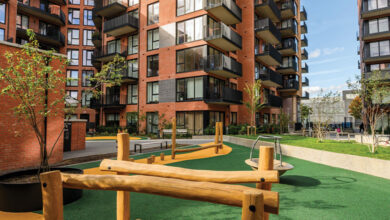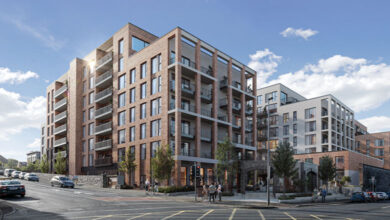Awaiting direction
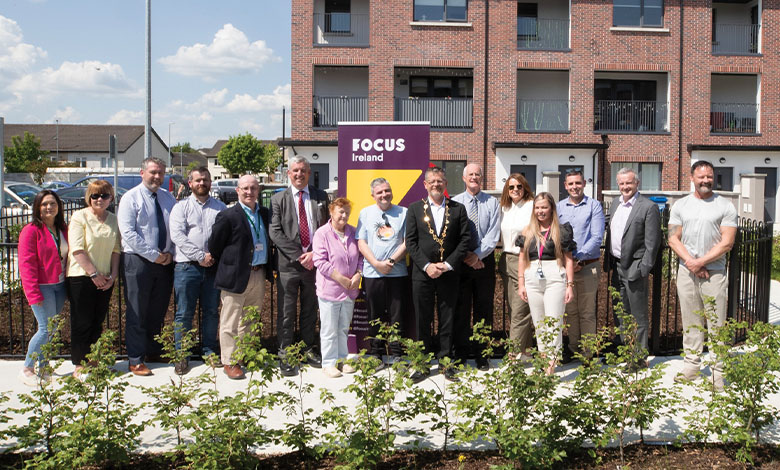
In the coming weeks, we are primed to see the publication of the awaited national housing plan as well as the AHB Strategic Plan. These are significant as they will help shape housing providers plans and investment decisions in both the short and longer term, writes Donal McManus.
There are plans currently in place such as the previous Housing for All and the housing commitments in the most recent Programme for Government. However keen interest will be on how much is translated from these plans into a new National Housing Plan and the AHB strategic plan.
Following a path that delivers or something new?
Over the last 10 years, there have been several national housing plans produced, starting in 2014 with the focus of increased social housing delivery to address almost a lost decade of reduced social housing. By 2021, there was a formal return on affordable housing for sale, and the new affordable rental housing tenure, cost rental housing, which was led out initially by the AHB sector and later by the LDA and local authorities.
Therefore, parts of the housing sector such as social and affordable housing re-emerged from the housing crash quicker and incrementally. In the case of AHBs, this accelerated from 2016 with the increased state investment and successful rollout of the CALF programme. This expansion by AHBs and expansion of their capacity was aligned to the increased development partnerships with private developers and builders who had residential sites at their disposal.
If successful government-supported schemes such as CALF and later CREL had not been utilised as effectively and quickly by a number of active developing AHB’s, then the depth of the housing crisis would have been much worse. The one part of the housing sector that did not benefit as much in increased in housing delivery was the private housing sector and housing for sale.
Many of the reasons for this slippage have been well documented in recent years such as viability and finance, planning issues and infrastructure gaps to name but a few. The Government has introduced in recent months a sweet of measures in an attempt to further activate the private sector to provide more housing for sale, including for new households. In coming months and years, the impact of these measures will become clearer in how they enhanced delivery to achieve the goal of delivering 300,000 new homes by 2030. Other measures such as the investment in the revised National Development Plan and the launch of the new housing activation office are also to expedite and support new delivery.
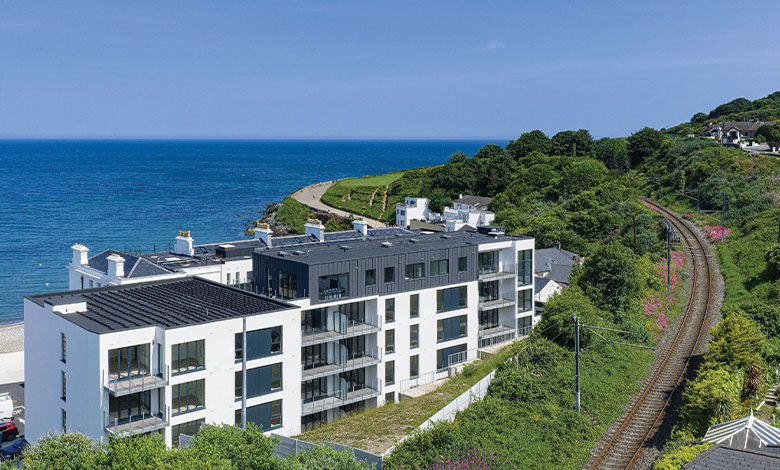
There has been a pattern in the last decade, after housing crises throughout many EU member states and internationally that governments and their related housing agencies have had to step in to play a much stronger role in the housing market particularly social and affordable housing. Housing has now become a defining issue for the current generation and the shortage of decent housing that is affordable is having a huge spillover effect in a range of areas such as competitiveness and employment opportunities, health outcomes, educational attainment, homelessness and social inclusion and cohesion.
The future of AHBs
AHBs’ role in Ireland over the last 20 years has evolved significantly from delivering 20 per cent of all new social housing annually, to delivery in recent years of up to 50 per cent of new social housing as well as over 50 per cent of new cost rental housing. AHBs in Ireland focused initially on delivery of housing for special needs groups such as older people, the homeless and people with disabilities but housing for general needs housing has become the dominant form of delivery in recent years.
Ireland is different to most EU member states in that AHBs or non-profit housing associations in Europe are the main providers of social and affordable housing. Whereas local authorities and municipalities in EU member states play the central strategic role in planning and infrastructure, land assembly and identification of housing need. They play much less of a role in actual housing delivery and management.
AHBs in Ireland are characterised in having a single purpose in the delivery and management of social and affordable housing and associated supports unlike local authorities who have a huge range of other statutory responsibilities besides housing. The AHB sector has also a number of targeted housing regulators such as AHBRA and the RTB.
AHBs in Ireland pivoted in a few years from up until 2010 having up to 100 per cent state capital funding to 100 per cent loan financing for general needs family housing. AHBs undertook this transition in debt financing over a few short years compared decades of experience of debt financing in other countries.
To ensure that there is co-ordination with the AHB sector on key issues such as any new reforms, it is important that there is structured engagement with the AHB sector and other key stakeholders which previously happened in the past with an AHB Unit in the Department, and later the Housing Agency which were impactful on key periods of changes within the sector.
Mixed tenure
One other area AHBs have made a significant contribution to is the provision of mixed tenure housing such as with social and rental housing. The earliest success was in Enniskerry Road with Respond and Tuath with Dún Laoghaire-Rathdown County Council with partners. These mixed tenure developments by AHBs and others have been developed at scale and had strong partnerships with private sector partners who had access to land. It has been posited by less than informed commentators that that developments like these, including turnkeys, have in some way have displaced potential homeowners with these developments which is not the case. These social and affordable housing projects have often a long lead in time, including for seeking funding approval. In addition, it is not helpful that potential homeowners are pitted against social and affordable tenants whose housing need is as important as that of homeowners.
All parts of the housing sector need to function properly including the private sector so that overall capacity is increased and homes are delivered and efficiently in the whole sector.
Donal McManus is CEO of the Irish Council for Social Housing (ICSH) and Chair of the Housing Europe Working Group on Economics, and Internal Market.
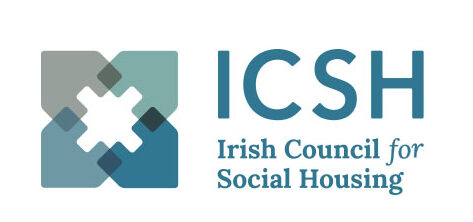
W: www.icsh.ie


